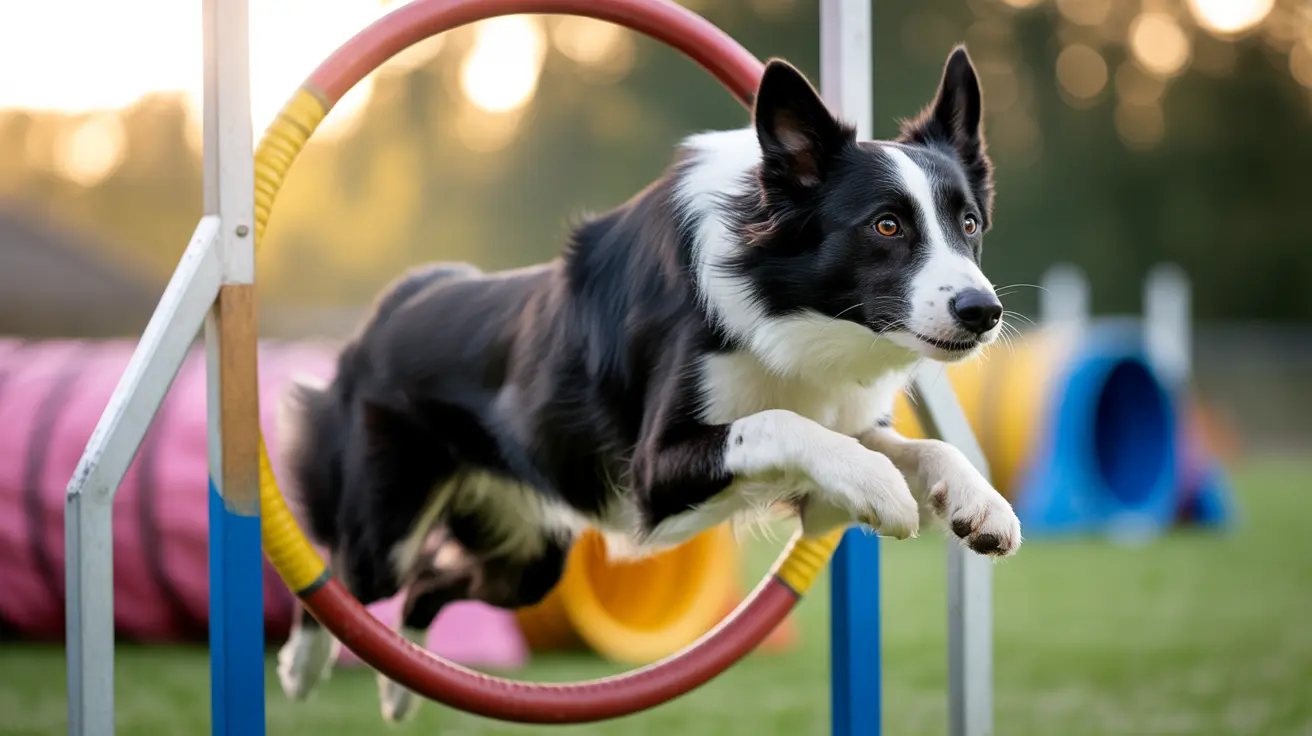Can Dogs Smell Pills in Their Food? Understanding Canine Detection and Pill Administration Techniques
Giving medication to dogs can often become a challenge for pet owners. Many dogs are smart, have keen senses of smell, and can become suspicious when something is altered in their food. This behavior makes hiding pills in dog food more complex than it may initially appear. In this article, we will explore whether dogs can truly smell pills in their food and offer practical, veterinarian-approved strategies to ensure successful medication administration.
Can Dogs Really Smell Pills?
Dogs have an extraordinary sense of smell. With up to 300 million olfactory receptors (compared to about 6 million in humans), dogs are fully capable of detecting subtle changes in scent. Pills, especially uncoated or bitter medications, often have strong chemical odors. This makes it very plausible that a dog can detect a hidden pill if it has a distinct smell or taste.
Why Dogs Avoid Pills in Food
Even when disguised, dogs may still reject their food if they detect a foreign object or unfamiliar smell. Common reasons include:
- Previously smelled medication and now associate the scent with unpleasant taste.
- Dietary restrictions increase sensitivity and vigilance toward new ingredients.
- Past bad experiences lead to enhanced wariness or suspicion.
Vet-Approved Ways to Hide Pills
Many strategies have been developed to help pet owners outsmart their clever dogs. Here are the most common and effective techniques:
- Use soft, flavorful foods like peanut butter (xylitol-free), cheese, lunch meat, liverwurst, hot dog bits, boiled chicken, or canned dog food.
- Commercial pill pockets specially designed to mask both smell and texture effectively.
- Gelatin capsules can be used to enclose bitter tablets before hiding them in food, reducing taste detection.
Tips for Enhanced Concealment
- Prepare everything in advance and out of your dog’s sight to prevent anticipation.
- Wash your hands after touching the pill to avoid transferring its scent to treats.
- Use the 'bait and switch' method: offer a few treats without meds, then the medicated one, then follow up with more treats quickly.
- Incorporate pills during training or trick routines with positive reinforcement to mask their presence further.
When Food Fails: Direct Pill Administration
If your dog continually detects and avoids pills in food, you may need to administer them directly. Follow these steps:
- Gently grasp the dog’s muzzle and tilt the head slightly back.
- Use your dominant hand to place the pill deep onto the tongue, preferably beyond the hump.
- Close the mouth gently but firmly, and stroke the throat or blow on the nose to encourage swallowing.
- Watch for signs of swallowing. Dogs may lick their nose afterward, which is usually a positive sign.
If this proves too difficult or risky, using a pet piller tool can aid in safe and efficient delivery.
Alternatives to Oral Pills
Some dogs are persistently resistant. In such cases, your vet may recommend:
- Flavored compounded medications in chews or liquids
- Transdermal gels applied to the ear
- Injectable alternatives administered by professionals
Precautions and Veterinarian Guidance
- Never crush pills or open capsules without veterinary approval—some medications may become ineffective or dangerous.
- Ensure all food items used are safe for your dog’s health, especially in the case of allergies or dietary restrictions.
- If your dog misses a dose or vomits the medication, contact your vet immediately—especially if the medication is essential (e.g., for heart conditions or infections).
Reducing Stress Around Medication Time
Use calm environments, praise, petting, and other positive reinforcement techniques to ensure that medication time becomes a routine and not a battle. Hydration and a relaxed setting can help prevent resistance and health complications associated with stress or dehydration.
Summary: Outsmarting the Canine Nose
While dogs have an incredible ability to detect changes in their food, including the scent of pills, there are many successful strategies to work around this. By blending creativity, patience, and veterinary guidance, you can administer medication effectively while keeping your dog healthy and happy.





